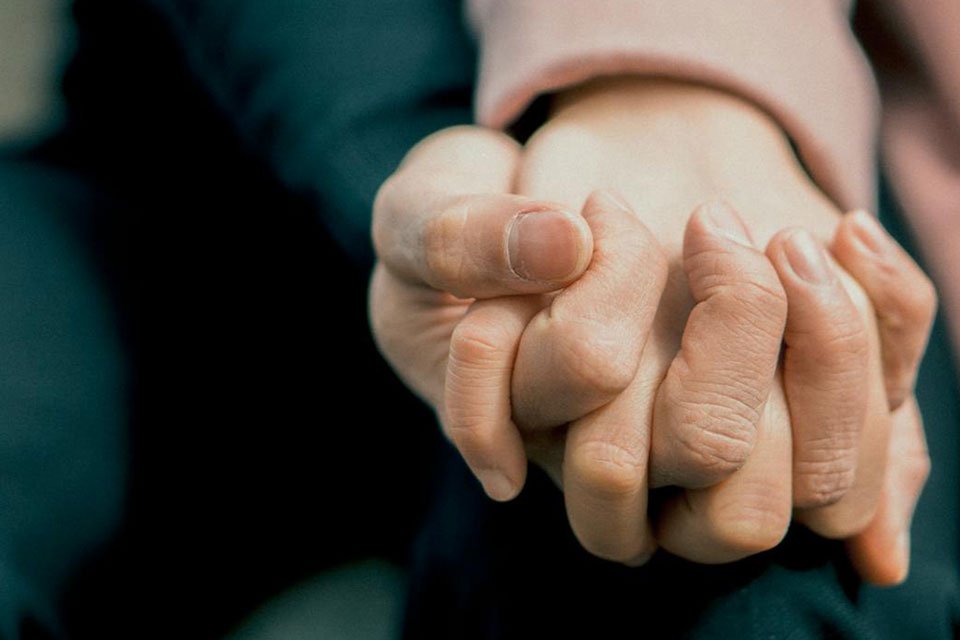Advice for Men: Maintaining a Good Relationship With Your Parents
As we get older, most of us become more independent of our parents. That might look like going out of state for college or work, entering a serious relationship, and moving across the country or another. It might mean getting a job to provide for yourself, and it may also mean making choices such as taking up our parents’ faith as our own and believing it for ourselves. Whatever growing up may look like for you, most parents are pleased when their child takes their steps into the world and begins managing life on their own. One unfortunate reality that parents and their children often deal with is that their relationship doesn’t survive the distance or the conflicts that arise throughout the years. This makes it even more important to know how to have good relationships with your parents over the long haul. Frisco Christian Counseling can provide support and guidance in navigating these important family dynamics. Why parent-child relationships matter Parents play a significant role in how their child grows and develops as a person. Our parents teach us our values and cultivate self-acceptance, self-awareness, and emotional intelligence. Our parents are part of our earliest and likely most influential memories, and it’s from them that children learn wisdom, get comfort, and guidance, learn coping skills, and communication skills, and get practical help. When we get older, our parents are a reservoir and pass on family traditions, cultural heritage, and stories about our family that can’t be Googled or found elsewhere. Parents also provide emotional support for children of any age, and as a child gets older they can also support their parents. While one’s relationship with their parents changes over time, they can continue to be a source of wisdom and valuable life experiences. Honoring your father and [...]











